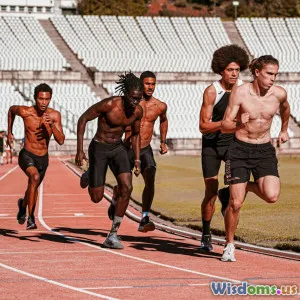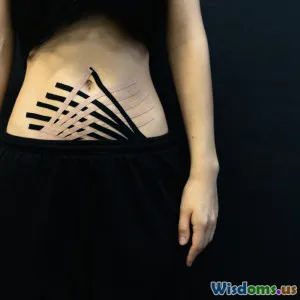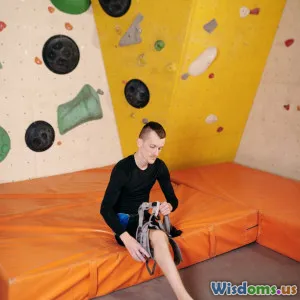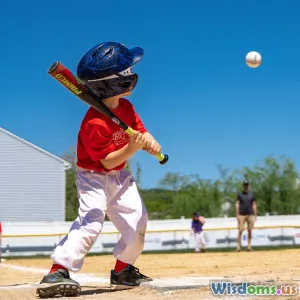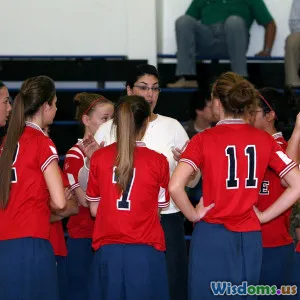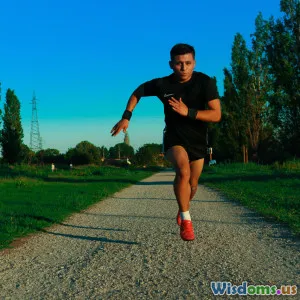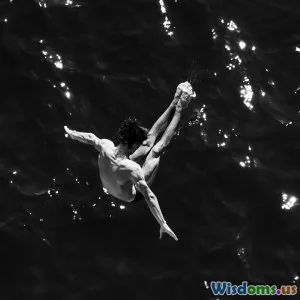
RealWorld Case Study Using Motion Capture for Tennis Serve Improvement
18 min read Explore a real-world case study on improving a tennis serve with motion capture technology, detailing methods, results, and implications for athletes and coaches. (0 Reviews)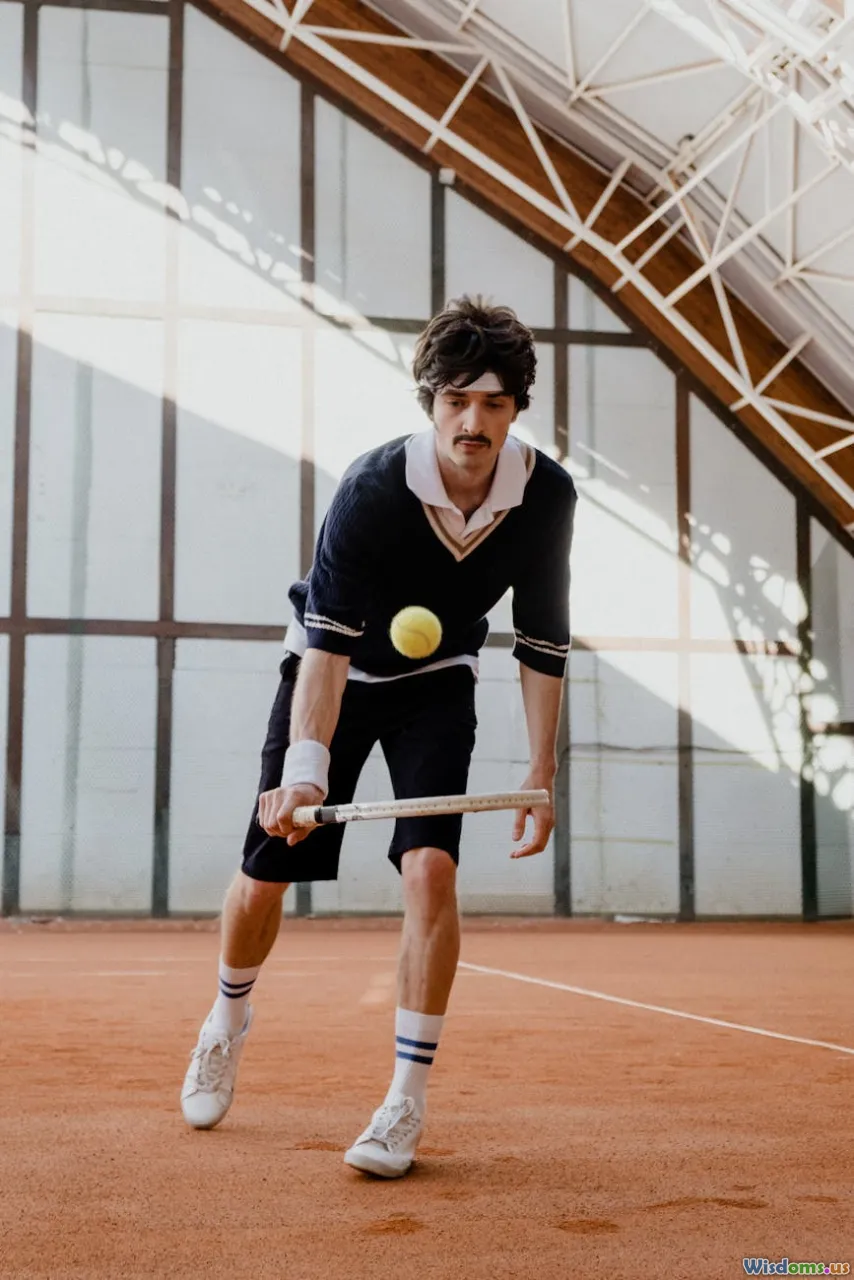
Elevating Tennis Techniques: A Real-World Case Study Using Motion Capture for Serve Improvement
The world of tennis is shaped by razor-thin margins—where fractions of a second and millimeters in movement separate champions from contenders. Nowhere is this more evident than in the serve, a technically demanding motion central to competitive success. With recent advances in motion capture (mocap) technology, coaches and players are equipped with data-driven tools to elevate performance. This case study investigates how elite-level coaches integrated motion capture into a junior development program and transformed serve outcomes for rising talent, illustrating profound possibilities for the future of sports science.
The Power of Motion Capture in Modern Tennis Training
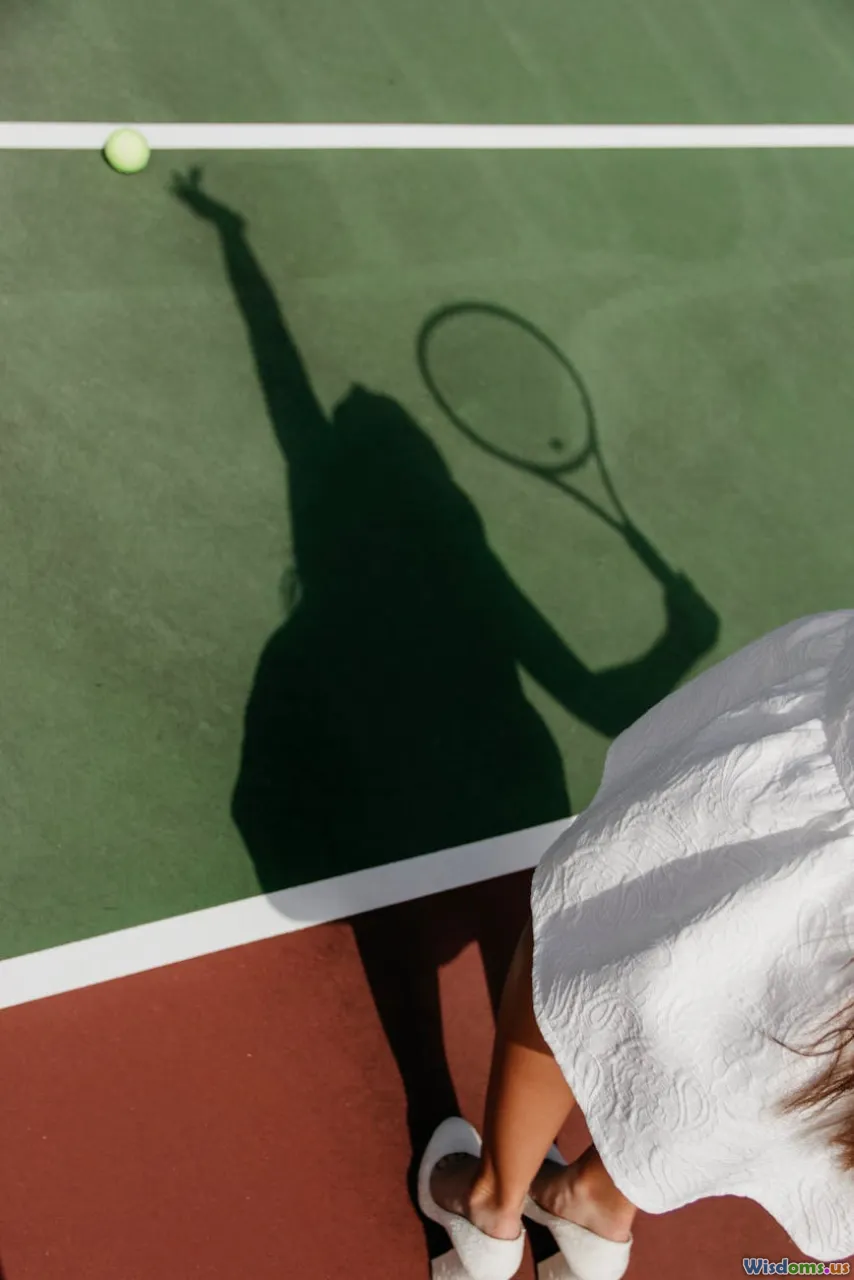
Before delving into the case specifics, it is essential to understand motion capture’s impact on tennis training. Motion capture leverages high-speed cameras, wearable sensors, and specialized software to track an athlete’s movement frame-by-frame. Unlike traditional two-dimensional video analysis, mocap provides three-dimensional, quantitative assessment of joints, limbs, and body segments during every phase of the serve.
Consider Serena Williams or Novak Djokovic—the perfection of their serve isn’t just power, but efficiency, kinematics, and repeatability. Coaches have always analyzed player movements by eye, but the introduction of mocap transforms subjective interpretation into objective, measurable data. Captured data informs coaches of joint angles, velocity, acceleration, timing, and asymmetries that may be invisible to the naked eye. For example, precise measurement of shoulder rotation velocity or knee flexion during the trophy position can highlight areas for biomechanical optimization.
Motion capture technology, such as the Vicon system or inertial measurement units (IMUs) embedded in wearables, delivers nuanced insights. In 2022, the Australian Institute of Sport reported that mocap analysis enabled their tennis development teams to reduce shoulder injuries by 20% among youth prospects due to better serve mechanics identified during camps. This demonstrates the capacity of mocap to combine peak performance enhancement with player health and longevity.
Case Study: Transforming a Rising Player's Serve Using Motion Capture
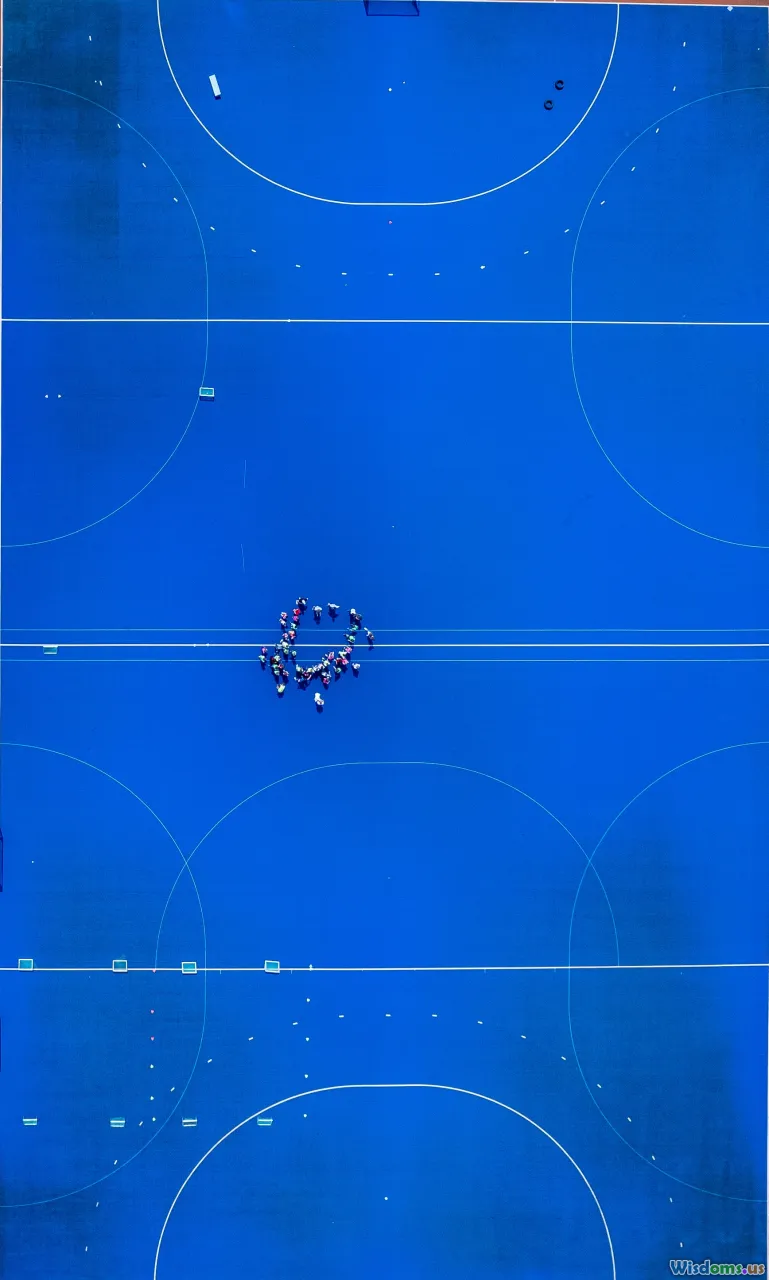
In early 2023, the Elite Futures Tennis Academy collaborated with biomechanics researchers to implement a 10-week customized motion capture initiative focusing on serve improvement. The subject was Maya, a nationally ranked 16-year-old with a technically sound but inconsistent serve. Her team observed that despite a powerful motion, she registered a low first-serve percentage (52%) and a trigger incidence of lower back strain following intense practice blocks.
Baseline Assessment
Maya donned a state-of-the-art mocap suit with 3D accelerometers and reflective markers placed on key anatomical landmarks. Multiple high-speed cameras captured over 100 distinct serves in both flat and top-spin styles from different court positions. Data was processed via biomechanical modeling software to extract kinematic profiles for each serve phase: windup, loading, acceleration, impact, and follow-through.
Results highlighted that Maya’s kinetic chain unraveled during loading—her knee flexion was 18° less than optimal averages for elite juniors, leading to excessive lumbar extension (overuse of the lower back). Additionally, trunk rotation peaked too early, causing joint torques that placed stress on the lumbar spine rather than being distributed through the legs and hips.
Intervention Plan
Armed with granular insights, Maya’s coaches, supported by biomechanists, designed a serve program integrating:
- Videofeedback overlayed with mocap-derived joint angle data after each session.
- Kinetic chain drills (e.g., medicine ball throws, resisted band ‘shadow’ serves) focused on delayed trunk rotation.
- Strength work targeting lower body explosive movements (e.g., plyometric jumps, single-leg medicine ball tosses) for optimal leg drive.
- Flexibility and injury prevention routines targeting hip and thoracic mobility.
Performance was tracked weekly with partial mocap check-ins, enabling micro-adjustments to Maya’s form based on the latest biomechanical feedback.
Measurable Transformation
By the end of 10 weeks, Maya’s first-serve percentage jumped from 52% to 66%. Her vertical leg drive (peak force generated at knee extension) increased by 26%. Most significantly, her peak lumbar extension during serves decreased by 13°, reducing injury risk. The run-off from data-driven coaching was not only a technically more efficient serve, but enhanced confidence on court. In her first post-program junior event, Maya won 86% of her first-serve points, a career high.
Decoding the Serve: Biomechanics that Make the Difference

The tennis serve, often described as the most complex motion in the sport, relies on a sequence known as the kinetic chain. Biomechanical research using motion capture has illuminated the following foundational elements:
- Wind-up and Toss: Engagement of the lower body aligns the pelvis, enabling trunk coil.
- Loading and Leg Drive: Deep flexion of knees and hips, coupled with core stability, store elastic energy crucial for explosive upward drive.
- Trunk Rotation: Synchronized, delayed trunk rotation leads to optimal racket head speed without overloading the lumbar spine.
- Arm Action and Pronation: Effective elbow extension and forearm pronation convert kinetic energy to racket velocity and ball spin.
- Follow-Through: Energy dissipation through a balanced follow-through reduces injury risk.
In Maya’s case, motion capture analysis pinpointed timing mismatches and incomplete chain transfer, visible only in the nuanced 3D data. Similar insights have powered the serve improvements of ATP and WTA professionals. For instance, a 2018 Czech study using motion capture on players ranked inside the top 100 revealed that those with the smoothest energy transfer sequences produced the highest serve speeds and had the lowest incidence of overuse injuries.
Tools of the Trade: Motion Capture Technologies in Tennis
Several mocap systems have revolutionized tennis coaching environments:
- Optical Motion Capture (e.g., Vicon, Qualisys): Employ multiple synchronized cameras and reflective markers. Offers high spatial and temporal resolution, ideal for lab-based analysis. ATP Tour Preparation Labs frequently use these to assess technical execution.
- Wearable Inertial Measurement Units (IMUs): Lightweight sensors attached to wrists, elbows, and torso. While offering slightly lower precision than optical systems, these are practical for on-court use during live rallies. Australian Open performance teams integrated IMUs for real-time biomechanical coaching in 2024.
- Hybrid Systems: Marrying optical and inertial data enables both controlled assessment and dynamic match analysis, capturing the best of both worlds.
- Real-Time Visualization Software: Advanced systems overlay biomechanical data onto video, providing immediate feedback.
For clubs and academies outside world-class labs, even consumer-grade systems now enable coaches to record serves and receive summary angle/speed reports via cloud solutions within minutes. As price points drop, expectations rise: over 200 high schools in Japan are piloting IMU-based serve analysis backed by local sports tech startups as of 2024.
From Data to Action: Coaching Workflows Enabled by Mocap
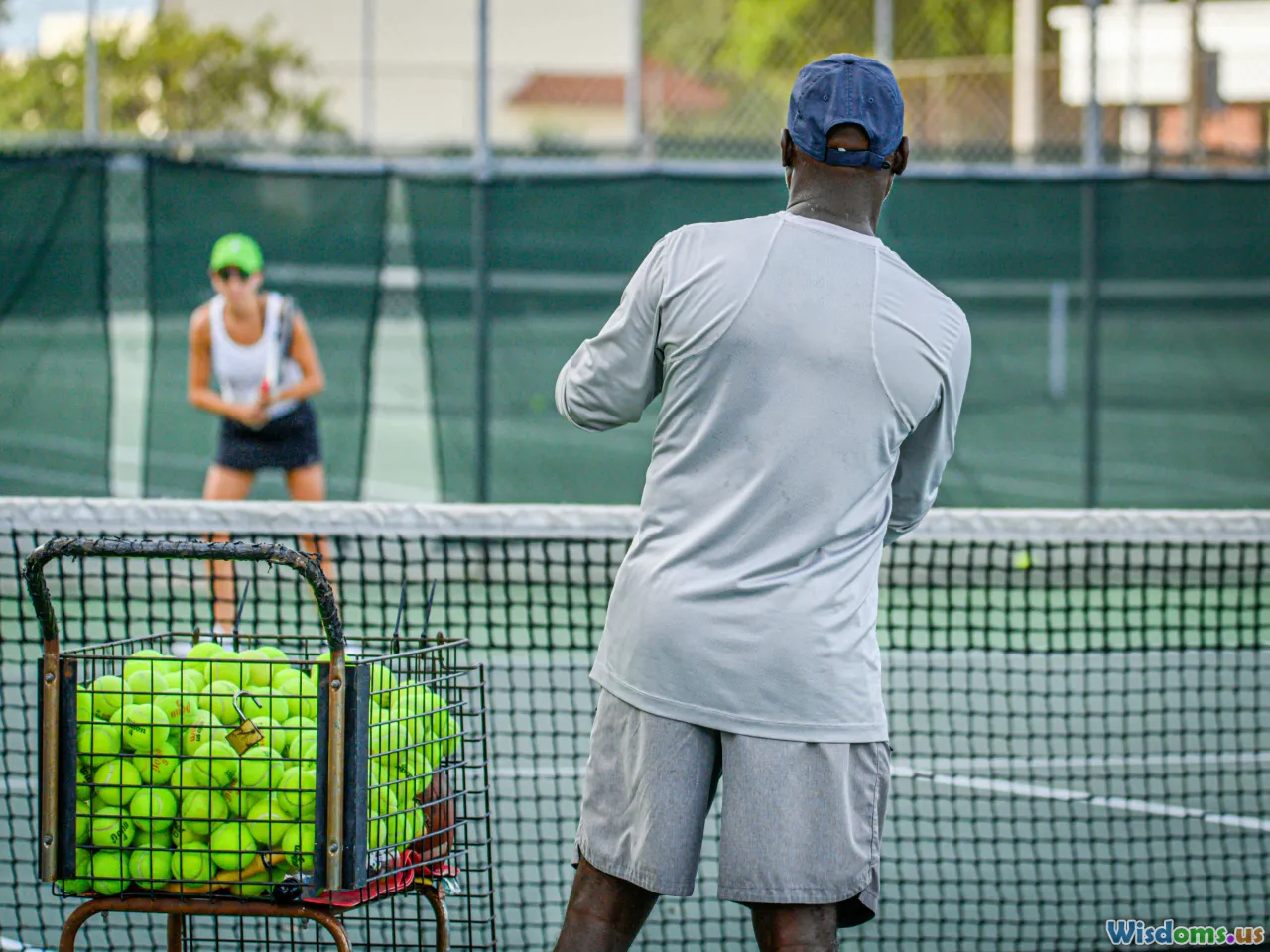
Translating mocap data into serve improvements requires thoughtful coaching strategies. A successful workflow observed in Maya’s case and other leading programs involves:
- Diagnosis: Detecting hidden movement inefficiencies or asymmetries, pinpointed frame-by-frame.
- Goal Setting: Using metrics (e.g., increasing hip rotation velocity by 10%) provides clear, tangible targets.
- Integrated Drills: Technical changes, such as modifying toss height or loading angle, are drilled alongside targeted strength/flexibility routines supported by kinematic evidence.
- Regular Reassessment: Weekly or bi-weekly mocap check-ins ensure that technical cues stick and progress continues.
- Injury Surveillance: By tracking mechanics over time, warning signs (like increased lumbar torque) are identified before injury risk magnifies.
For example, a 2023 USTA pilot involved junior players participating in mocap-aided serve clinics. Over eight weeks, players achieving the greatest improvements in serve speed (average 7.1% increase) were those whose coaches most frequently translated mocap metrics into actionable feedback within each session.
Common Serve Flaws and Mocap-Driven Solutions
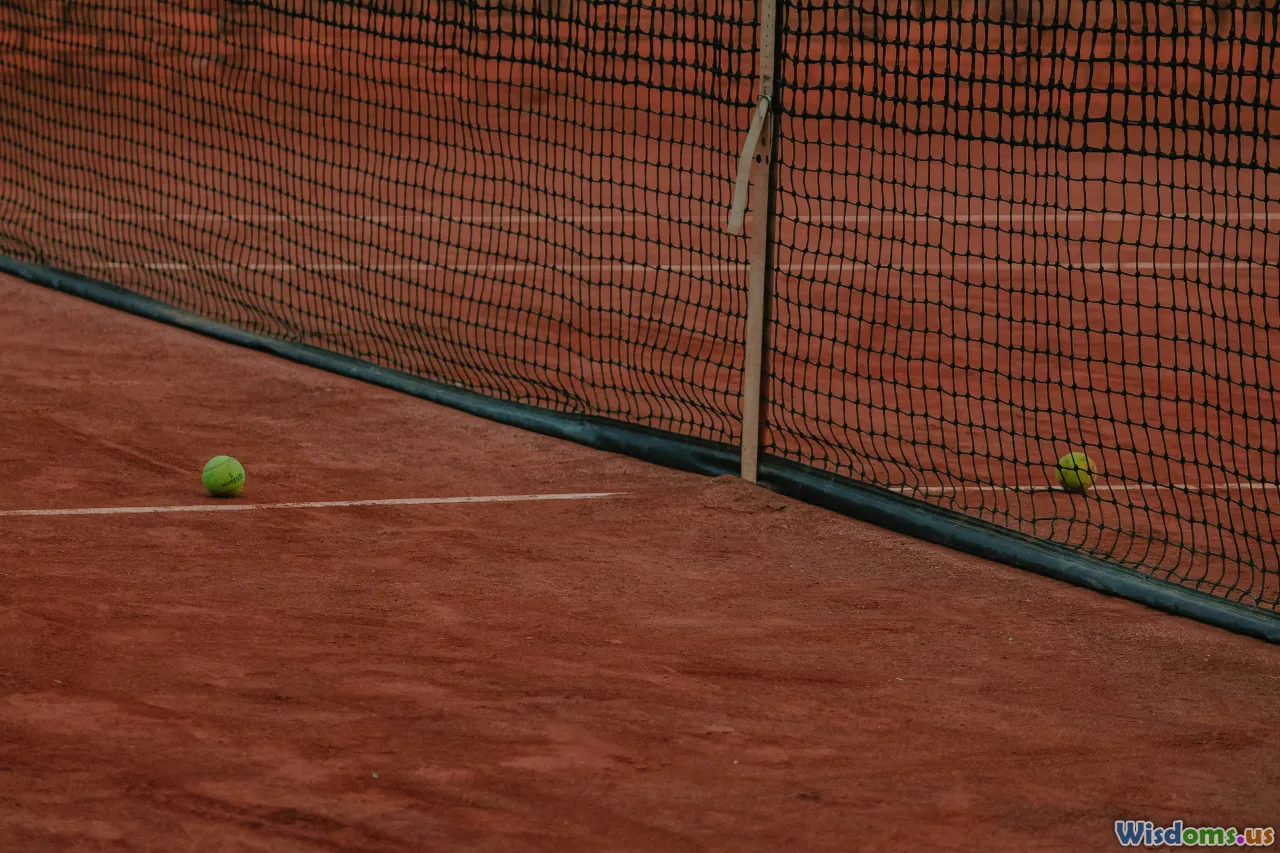
Mocap has illuminated typical serve inefficiencies faced by both developing and elite players:
- Premature Trunk Uncoiling: Leads to energy loss, frequently spotted as a torsion spike in mocap traces before racket drop. Coaches can prescribe delayed trunk rotation cues and medicine ball rotational throws.
- Incomplete Knee Drive: Associated with lack of power and excess shoulder loading. Serve progressions that start with exaggerated knee flexion and banded resistance can be validated and adjusted via mocap feedback.
- Asymmetrical Shoulder Alignment: Found in 38% of junior serves per British Tennis Federation mocap studies in 2021. Injury prevention programs now integrate single-arm loading drills diagnosed from such findings.
- Timing Errors in Ball Toss: Errors above 10cm variability are correlated with inconsistent impact timing. Software-generated vertical trajectory overlays facilitate more repeatable toss patterns.
A real-world example: Rafael Nadal, known for uniquely tailored serve mechanics due to chronic injuries, used mocap in pre-season training to incrementally tweak his toss and reduce shoulder impingement risk—a process documented in Spanish sports science media in 2019.
Implementing Mocap: Tips for Coaches, Clubs, and Players
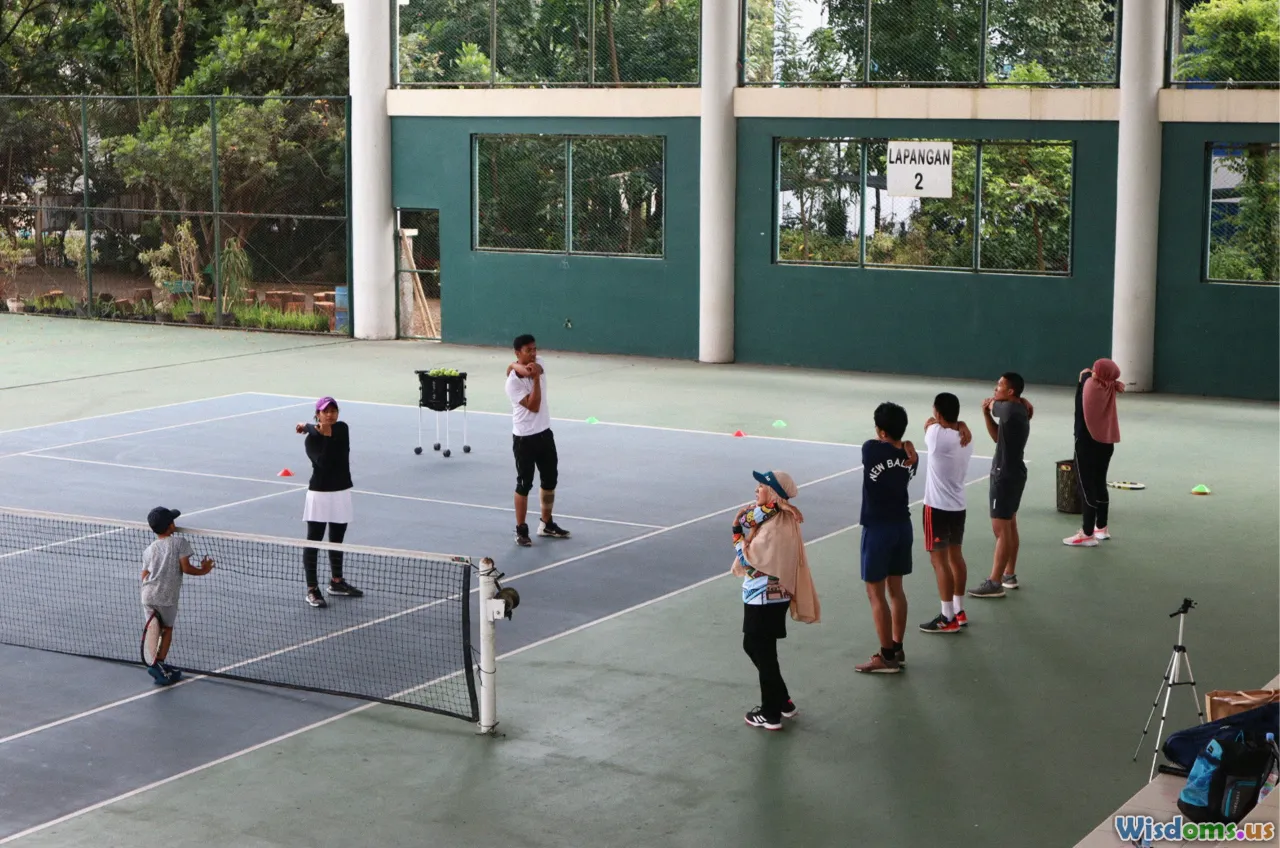
Bringing motion capture into your serve coaching doesn’t require a million-dollar pro lab. Here’s what practitioners can do:
1. Start with What You Have
High-speed video apps for smartphones (like Dartfish) offer rudimentary motion tracking. Even partial analysis of serve phases using slow-motion playback provides actionable data.
2. Leverage Wearables
Entry-level IMUs like the MyoMotion sensor provide enough accuracy for basic biomechanics and can be rented or pooled among club members.
3. Frame Technique with Specific Metrics
Instead of telling players to “bend your knees more,” quantify optimal ranges (e.g., aim for 45–50° of flexion during loading). Athletes, especially juniors, respond well to concrete feedback.
4. Schedule Motion Feedback Regularly
A once-a-month check-in helps reinforce technical adjustments and provides long-term accountability across a season.
5. Foster Biomechanics Literacy
Explain what each phase and angle means; visual learning through overlays motivates athletes of all ages. Group serve clinics with live mocap demos are increasingly successful at national camps.
6. Integrate with Injury Management
Share mocap findings with physiotherapists to co-design preventive strategies. Clubs working with local sports medicine partners have reported dramatic reductions in serve-related injuries in recent years.
The ROI of Data-Driven Serve Training
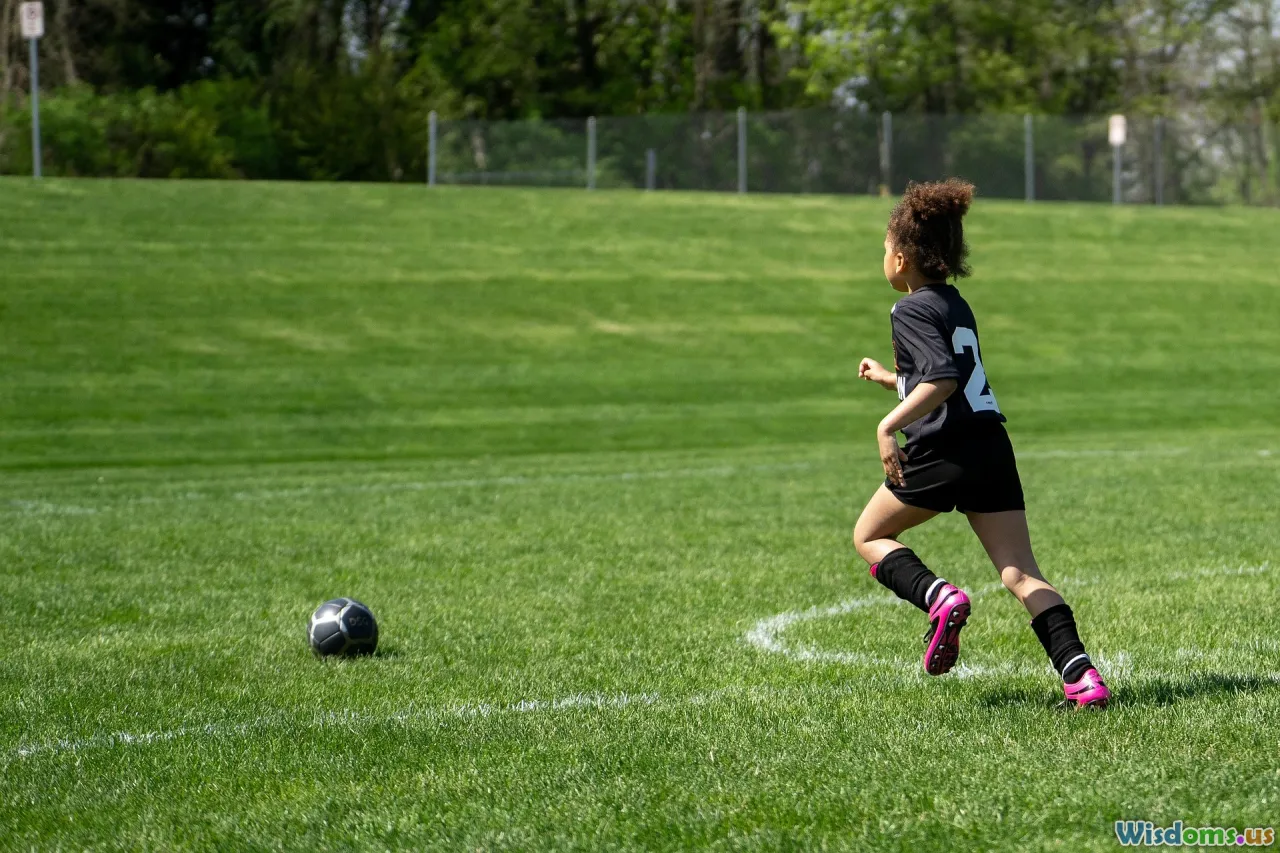
Real-world programs consistently reveal that integrating mocap delivers robust outcomes:
- Serve Speed: In a 2023 ISTA analysis of collegiate players, mocap-driven training programs lifted average first serve speeds by 5.9% within two months.
- Accuracy and Consistency: Players working under mocap-savvy instruction reported a 10–14% increase in first serve accuracy rates at regional U12 and U16 tournaments in Canada, validated by post-season serve stats.
- Injury Rates: A comparative study at the Swedish National Tennis Center observed a 35% reduction in serve-related shoulder injuries among junior elites after a year of biomechanical coach education powered by mocap.
- Talent Identification: Some federations now use mocap biomechanical “profiles” to flag young players with high serve efficiency potential for accelerated academy tracks.
Serving Up the Future: Mocap’s Place in Everyday Tennis
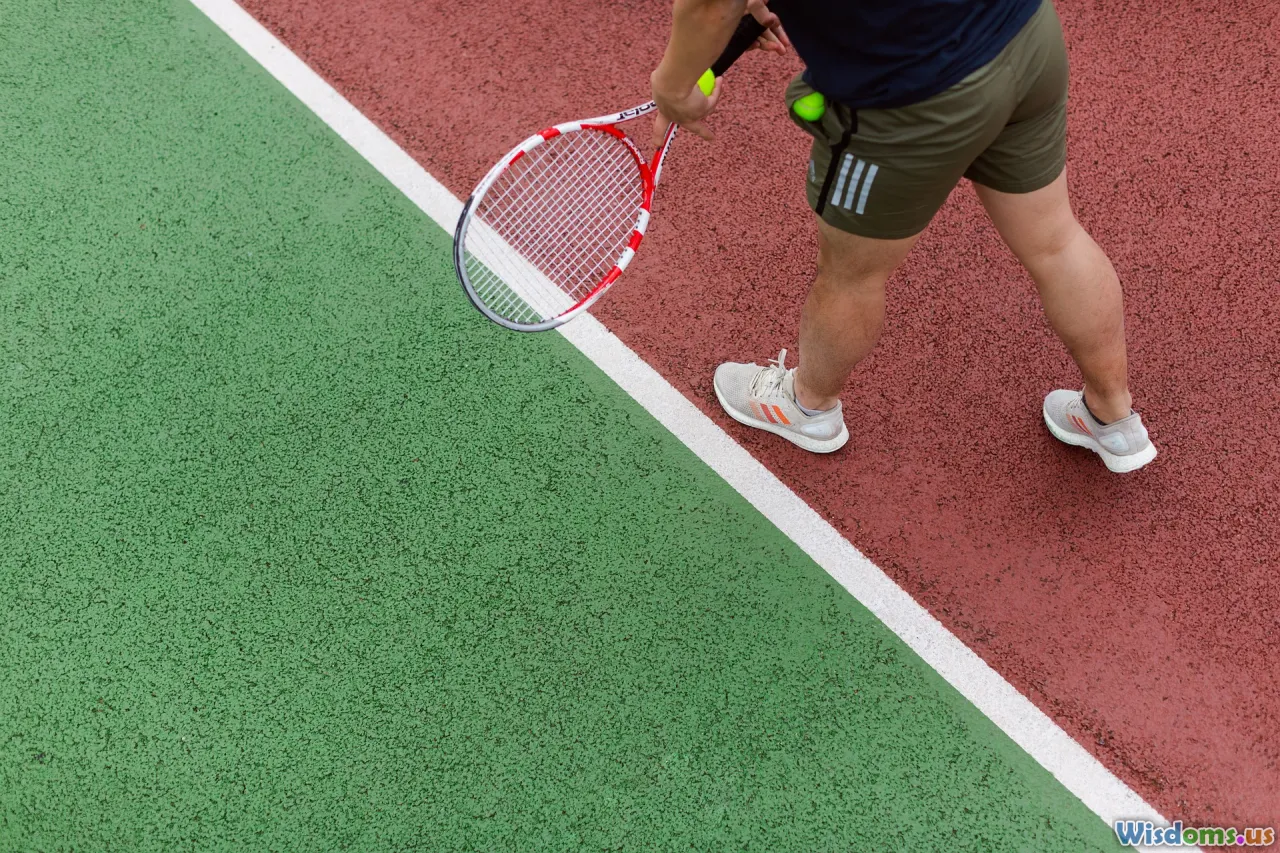
Motion capture is no longer confined to Olympic training centers or elite pro circuits. Its entry into all rungs of tennis ensures that a 12-year-old club player can benefit from the same insights as a Grand Slam champion. The Maya case study makes clear that with committed integration, actionable feedback, and continuous adaptation, motion capture fundamentally redefines the serve as not just a motion but a measurable, improvable skill.
Aspiring players, coaches, and even parents stand at the cusp of a new tennis era where every serve becomes a learning opportunity. As mocap technology continues its march into wider accessibility, countless more stories like Maya’s will serve as inspiring testaments to the transformational power of science on court. The future is bright—and biomechanically robust—for tennis players willing to capture and refine their every motion.
Rate the Post
User Reviews
Other posts in Biomechanics
Popular Posts










